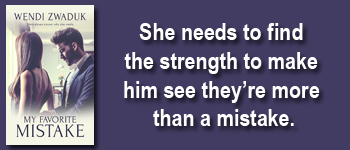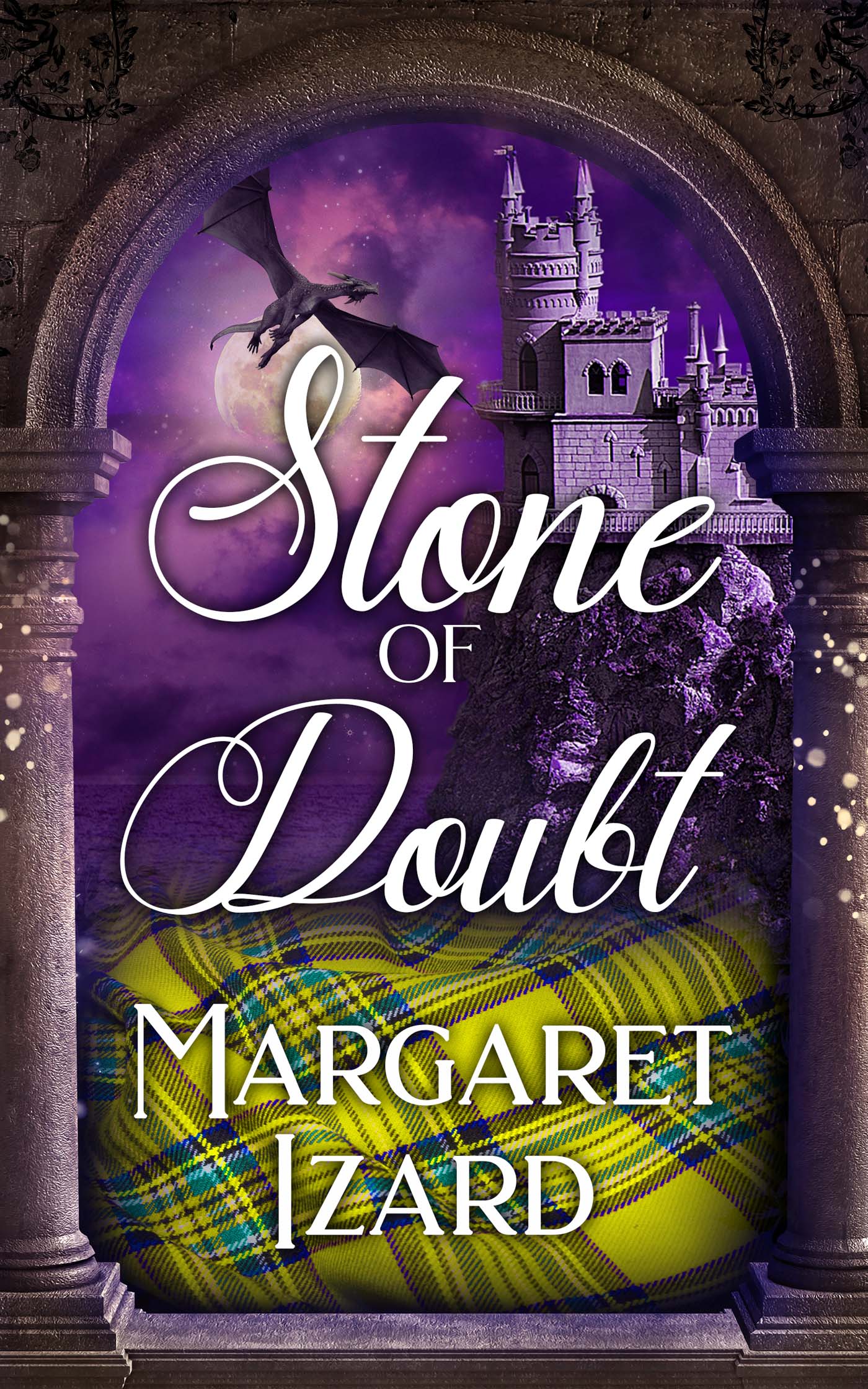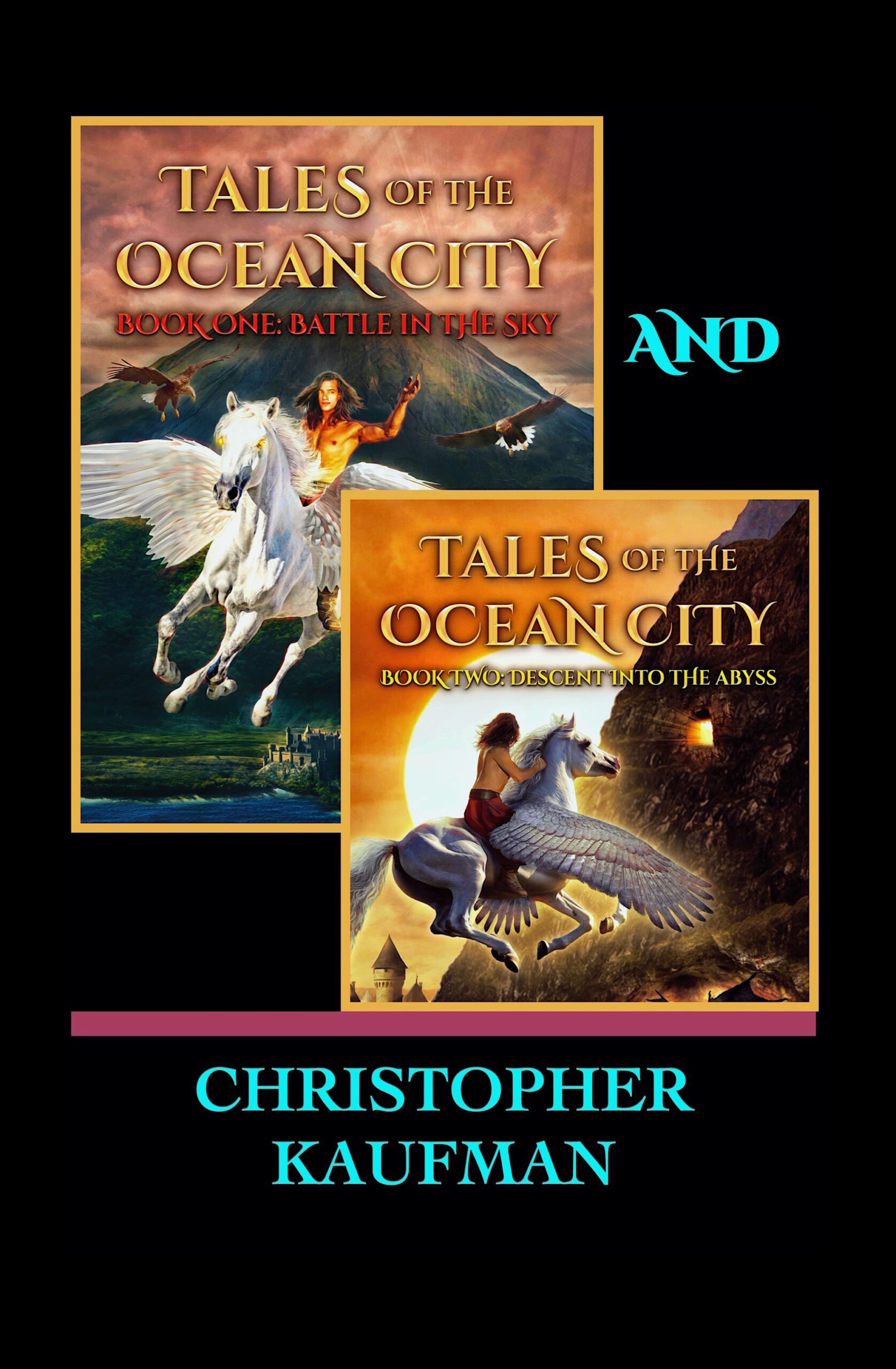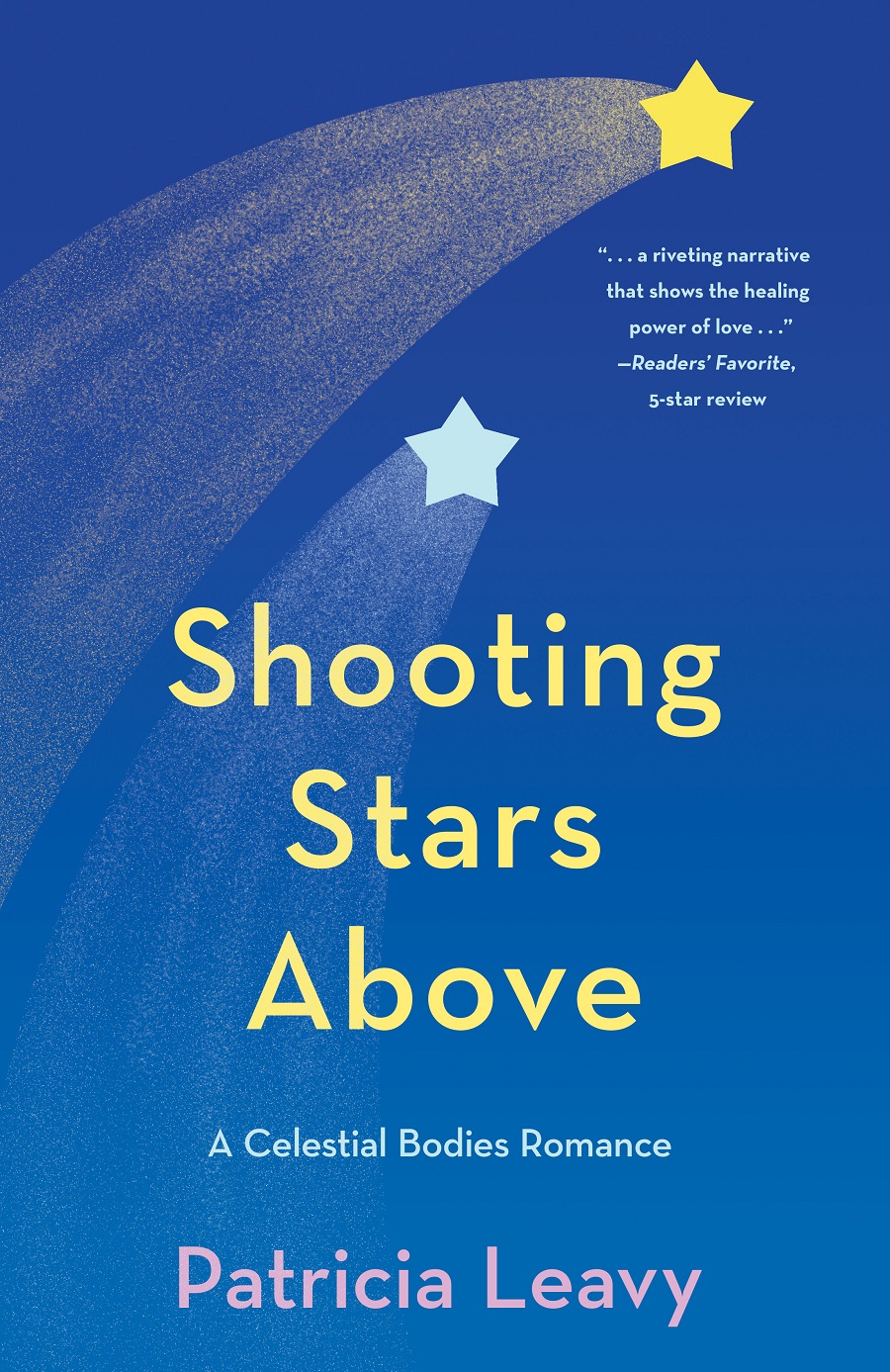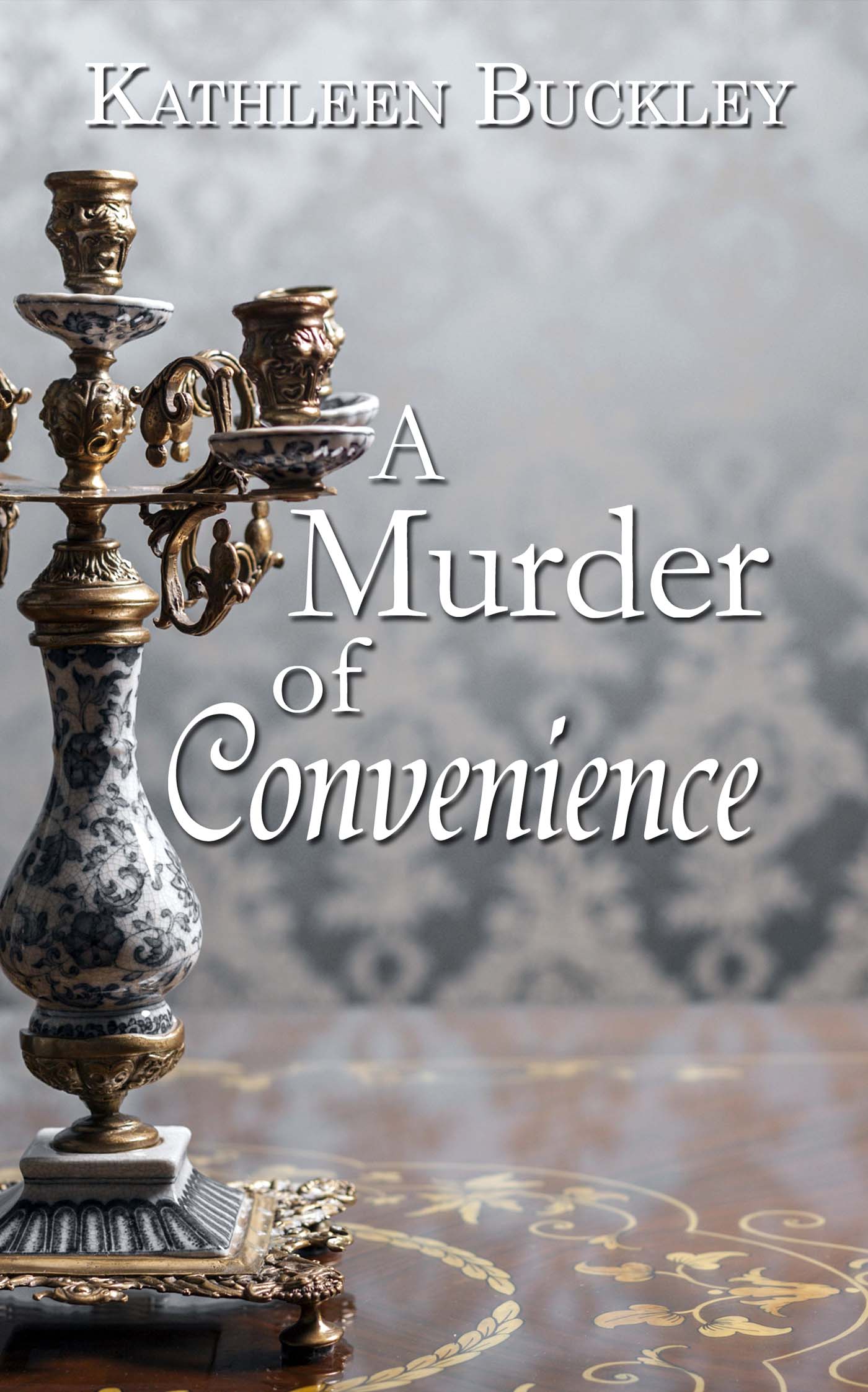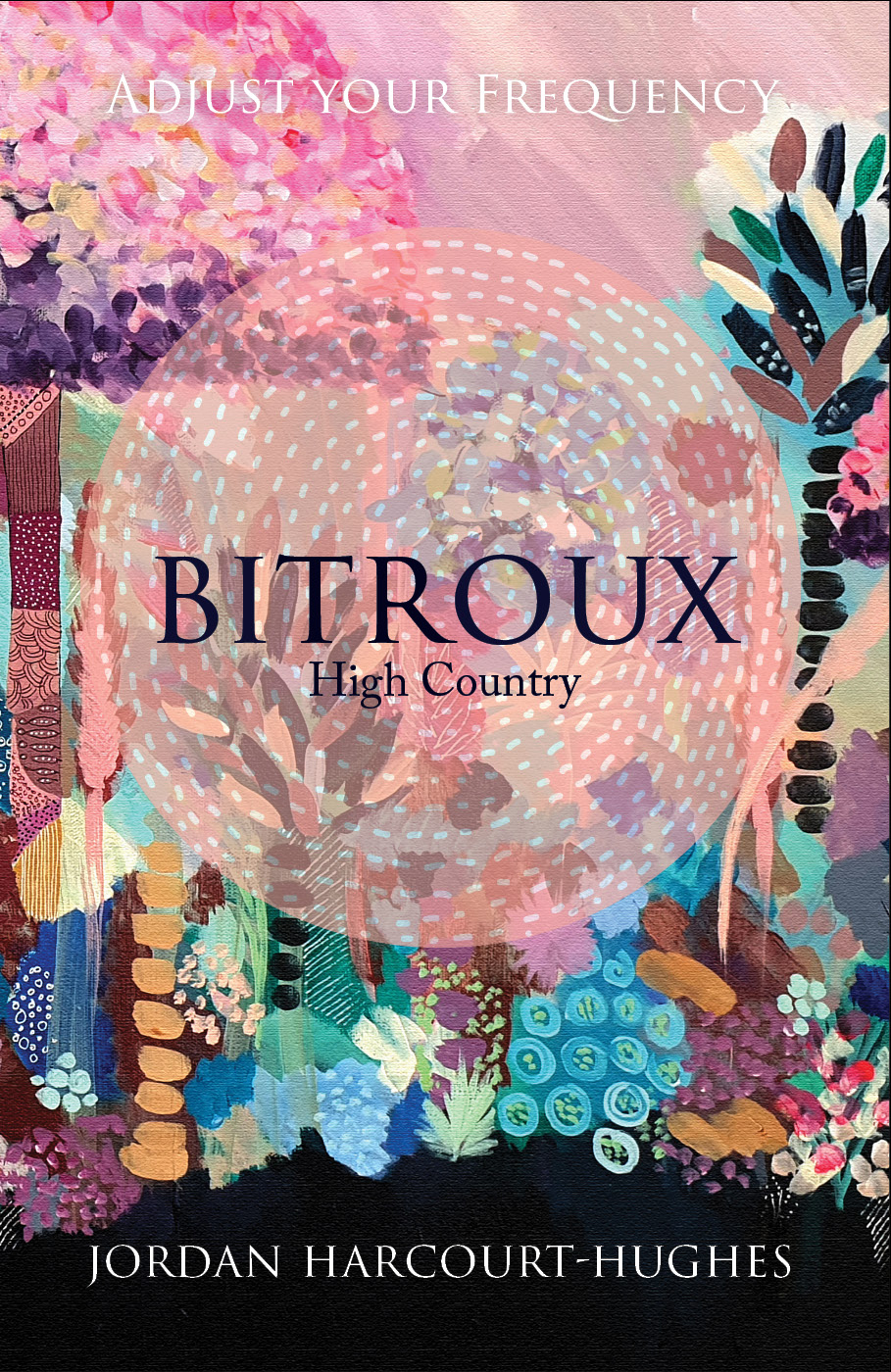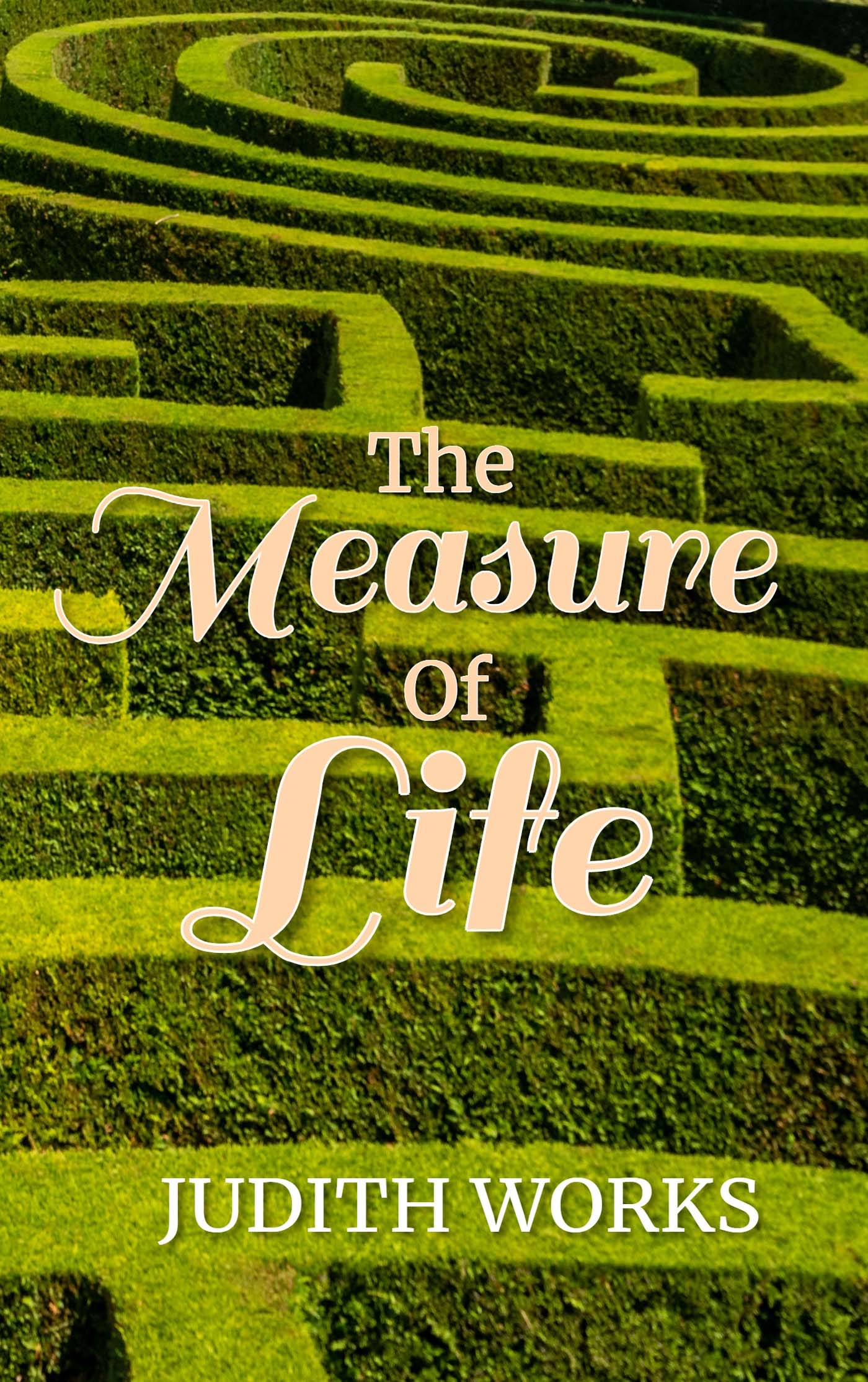This post is part of a virtual book tour organized by Goddess Fish Promotions. The author will be awarding $20 Amazon/BN gift cards to two randomly drawn winners. Click on the tour banner to see the other stops on the tour.
As I researched how to be a fiction novelist, I studied how-to authors seminars and blogs, which stressed the importance of consistent foundations in world-building or else your reviewers will point out the inconsistencies or worse, reject reading your books. Likewise, in historical fiction, experts warn of not doing your homework, as readers will reject your work for historical inaccuracies.
De facto, editor comments and reader reviews of both The Matriarch Matrix and sequel, The Matriarch Messiah, have called out the successful world-building. As well, some reviewers have praised the cultural education they received, especially about the Kurdish world.
None of this came without extensive background work. For understanding how a Kurdish woman might think, behave, be wounded by, I had read Kurdish women autobiographies, fictional stories, and factual accounts of their oppression. I found Kurdish films (with subtitles of course) which depicted the lives of
Kurdish women. In my Brussels home neighborhood, we live adjacent to the Kurdish sector of whom I study the shopping habit of Kurdish women. And most importantly, I engaged an outspoken female Kurdish author and editor to ensure my portrayals were culturally correct as well as read her books.
In the prequel I am drafting, the story takes place eighty years before the current two books in the series. De facto this is historical fiction. The story starts in 1913 Crimea and finishes in 1926 Crimea after much adventure chasing the mythical Hyperboreans in the Kola Peninsula. The epilogue will be in 1944 Crimea which will parallel The Matriarch Messiah’s prologue. The protagonist is a Krymchak Jewish girl.
Very little is written about this niche sect who only numbered less than one thousand in the 1920s and tragically eighty percent were exterminated by the Nazi’s.
The character, her family, her customs and culture, are all based on the few accounts and papers about this obscure group. I created the first segments in the Diulber Palace with the exiled Grand Duke Nikolas Nikolaevich and his wife Grand Duchess Anastasia Nicholaievna Romanova based on a biography of the grand duke and a book on the flight of the Romanov’s other than the last Tsar.
To provide an overall ethos and flavor, I read the famous book And Quiet Flows the Don, by Nobel Prize winner Mikhail Sholokhov. For visualizations, I viewed the award-winning 1957 film adaptation (with subtitles of course).
The expeditions of the very obscure Alexander Barchenko were crafted from deep-dives into AI translated Russian sources, which were mere references in more recent Russian articles and blogs, and from books about the Russian occult researchers. To my knowledge, no English western fiction features
his foundational research into the existence of the polar Hyperboreans and the elusive Agartthan portals.
In summary, novel writing research is laborious, necessarily detailed to provide consistency. It is performed before you begin drafting the novel and is constantly refined and researched as each chapter is written.
Zara Khatum, a woman haunted by ancient visions, finds herself drawn deeper into the heart of a perilous quest. Guided by a mysterious voice, she seeks to fulfill an ancient prophecy and find the cavern of blue light – a sanctuary rumored to hold the key to saving humanity. But the path to salvation is fraught with danger, and Zara is torn between her destiny and her heart.
A shadowy organization, known as NiQihs, seeks to exploit the power of the legendary black object, the source of Zara’s visions, for their own sinister ends. They are not alone. The world’s superpowers, driven by greed and ambition, race to control the artifact, threatening to unleash unimaginable devastation.
Joining Zara in this dangerous pursuit is Rachel Capsali, a brilliant Israeli archaeologist driven by a personal quest to uncover evidence of Asherah, a forgotten goddess who held a pivotal place in ancient Israelite faith. Unbeknownst to them, both women are bound by a shared destiny – a prophecy foretelling the cavern of blue light and a final, heartbreaking truth: two women will fight to the death, and only one will save us all.
Adding to the complexity, a passionate triangle forms as Rachel vies for Peter Gollinger’s affection, a man deeply entangled in the ancient mystery. Zara, torn between fulfilling her destiny and her own feelings for Peter, finds herself caught in a web of conflicting desires.
As Zara and Rachel navigate a treacherous landscape of hidden agendas, betrayal, and relentless pursuit, their rivalry for Peter’s affections intensifies. Can love survive the forces that threaten to tear them apart? Will the quest for salvation lead to a heart-wrenching sacrifice?
Enjoy an Excerpt
Another dewdrop hits her nose. But this time, she does not wipe it off as it mingles with the drops from her eyes while she searches inside for the strength to remember that which remains unresolved in her life, with her family, with her destiny. Is he really the one? Should she reveal what should only be revealed to the one man who will bring her to her destiny?
A purse of her lips and she finally says, “Sara, my great-grandmother, she was our link to the wisdom of generations of spiritually inspired women before her.”
Still facing away from Peter, she says, “Sara liked you. She saw something in you when she first met you at that first dinner at her ancestral house when we were staging for our mission to retrieve the object.”
Turning back to him, she says, “Sara said to my grandmother Roza, her daughter, that you harbor the same light her husband, a Sufi imam, my great-grandfather, had within him when they first met.”
She points to his eyes. Blue ones which naturally go with his once-blond and now-sandy-brown hair. “Sara said the light is blue. The light we should seek is blue. The world thinks the light is white. But the one we seek, we yearn for, we die for, is blue. She so feared dying before she could find the blue light. For in the blue light, we shall return”, she said.
Peter, who knows so much trivia because he is an editor of all sorts of topics, papers, and books, is speechless until he finally mutters, “Blue? Where did that come from? I’m not getting the connection to the mystery of the ancient matriarch we solved.”
“As you had with your grandfather, your pappy, who entrusted you with an ancient family oral tradition, passed from mouth to mouth, from generation to generation, as far back in time as that temple, the world’s oldest temple, which our follies led to be destroyed, so there is a line of similar wisdom passed down in my family line. But through the women. Mother to daughter and to granddaughter.”
About the Author: 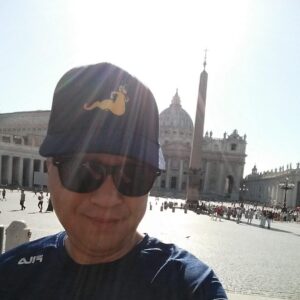 Maxime has been scribbling stories since grade school, from adventure epics to morality plays. Blessed with living in multicultural pluralistic settings and having earned degrees in science and marketing, Maxime has worked in business and sports, traveling to countries across five continents and learning about cultures, traditions, and the importance of tolerance and understanding. Maxime’s second novel, The Matriarch Messiah, was conceived, outlined, written, and edited in different locations in Belgium, including the Turkish and Kurdish neighborhoods of Brussels, in various islands of the Caribbean, in Colombia, in Madrid, Malaga, Mallorca, Spain, London, UK, and on the two coasts of the United States.
Maxime has been scribbling stories since grade school, from adventure epics to morality plays. Blessed with living in multicultural pluralistic settings and having earned degrees in science and marketing, Maxime has worked in business and sports, traveling to countries across five continents and learning about cultures, traditions, and the importance of tolerance and understanding. Maxime’s second novel, The Matriarch Messiah, was conceived, outlined, written, and edited in different locations in Belgium, including the Turkish and Kurdish neighborhoods of Brussels, in various islands of the Caribbean, in Colombia, in Madrid, Malaga, Mallorca, Spain, London, UK, and on the two coasts of the United States.
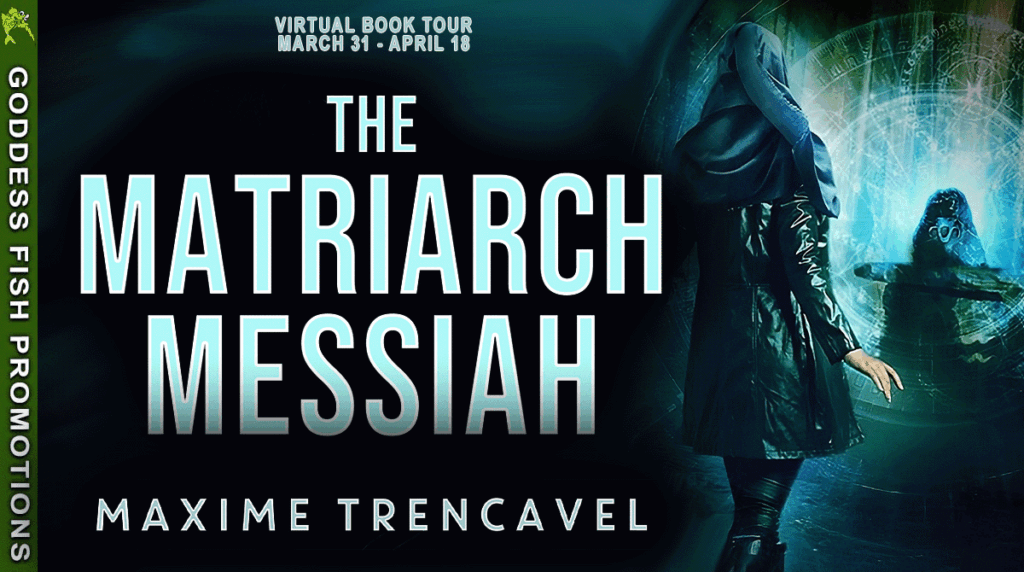

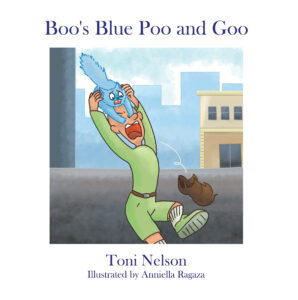 ‘Give a helping hand to someone in trouble today and you will be richly rewarded!’
‘Give a helping hand to someone in trouble today and you will be richly rewarded!’ 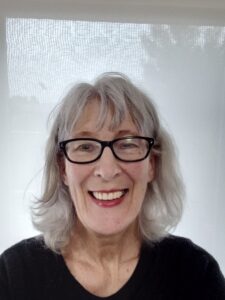 Toni is Australian-born, considering herself extremely fortunate to have had parents who encouraged her love of books. Seventy years on, she is still an ardent reader.
Toni is Australian-born, considering herself extremely fortunate to have had parents who encouraged her love of books. Seventy years on, she is still an ardent reader. 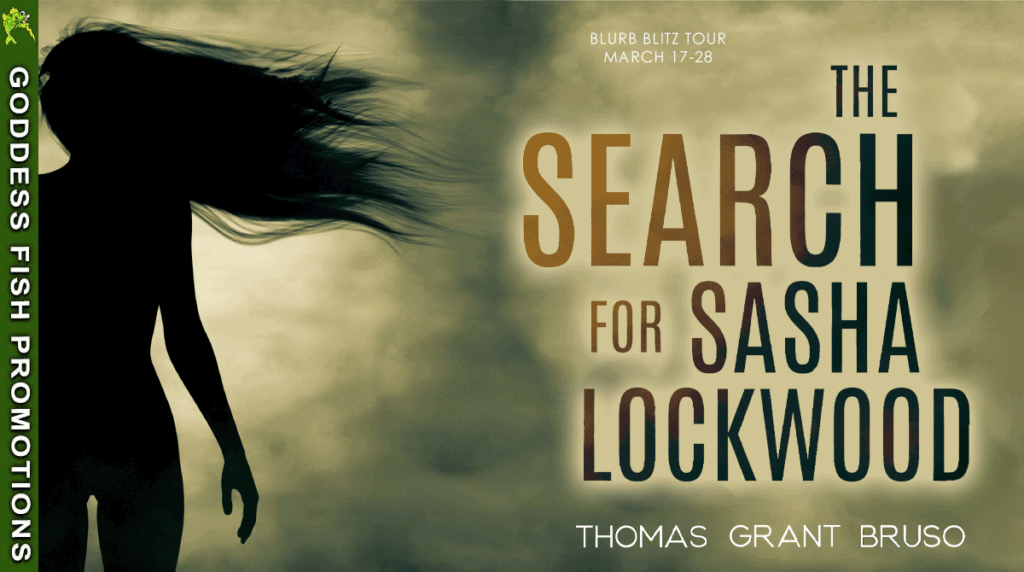
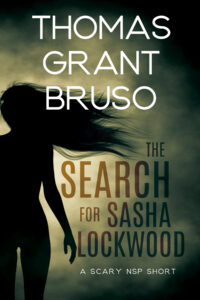 Something is stalking the campgrounds at Pine Hill Creek.
Something is stalking the campgrounds at Pine Hill Creek.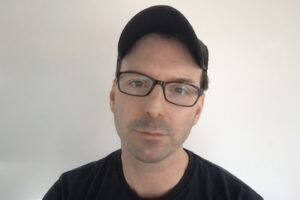 Thomas Grant Bruso knew he wanted to be a writer at an early age. He has been a voracious reader of genre fiction since childhood.
Thomas Grant Bruso knew he wanted to be a writer at an early age. He has been a voracious reader of genre fiction since childhood. 
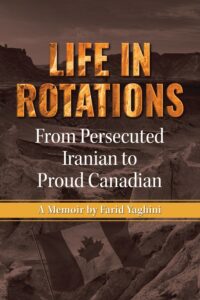 Farid Yaghini’s unforgettable memoir takes you on a journey from escaping persecution in Iran to rebuilding a life in Canada and serving on the frontlines with the Canadian military. Filled with humour, heart, and unflinching honesty, his story of resilience, redemption, and the founding of Camp Aftermath will inspire you to believe in the power of hope and human connection.
Farid Yaghini’s unforgettable memoir takes you on a journey from escaping persecution in Iran to rebuilding a life in Canada and serving on the frontlines with the Canadian military. Filled with humour, heart, and unflinching honesty, his story of resilience, redemption, and the founding of Camp Aftermath will inspire you to believe in the power of hope and human connection.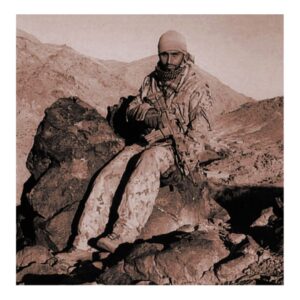
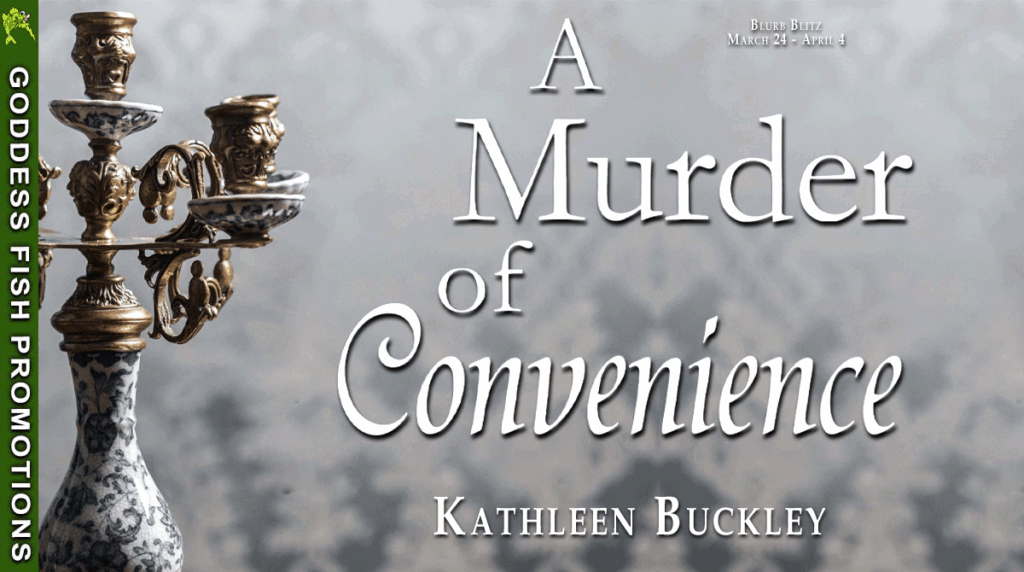
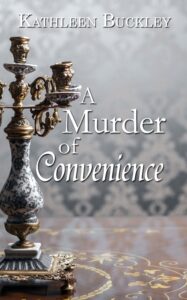 Ellen Cuthbert’s husband, Randolph, is now the Earl of Keswick’s heir. Their marriage is a sham, and Randolph’s mistress, Lydia, is present at the house party. When she is found murdered in a locked room, all the evidence seems to point to Ellen. And how could the murderer have escaped the locked room except by witchcraft? Sir Hugh accompanies his cousin, a magistrate, to the scene of the murder. They investigate, appalled to find their childhood friend Ellen appears to be the chief suspect. Hugh’s lack of prospects years ago prevented their marriage. Now if he cannot find the real murderer, there may be only one final service he can perform for Ellen to spare her a slow death at the end of the hangman’s rope.
Ellen Cuthbert’s husband, Randolph, is now the Earl of Keswick’s heir. Their marriage is a sham, and Randolph’s mistress, Lydia, is present at the house party. When she is found murdered in a locked room, all the evidence seems to point to Ellen. And how could the murderer have escaped the locked room except by witchcraft? Sir Hugh accompanies his cousin, a magistrate, to the scene of the murder. They investigate, appalled to find their childhood friend Ellen appears to be the chief suspect. Hugh’s lack of prospects years ago prevented their marriage. Now if he cannot find the real murderer, there may be only one final service he can perform for Ellen to spare her a slow death at the end of the hangman’s rope.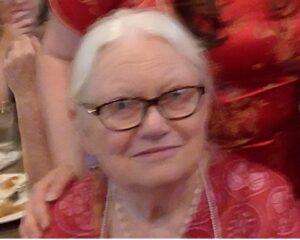 One day after coming home from first grade, Kathleen Buckley set about writing her own dictionary but quickly realized it would take too much time, so she read a book instead. Possibly Space Cat.
One day after coming home from first grade, Kathleen Buckley set about writing her own dictionary but quickly realized it would take too much time, so she read a book instead. Possibly Space Cat.



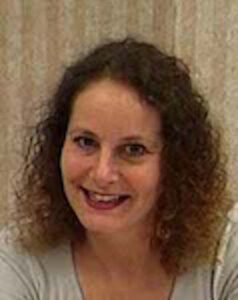





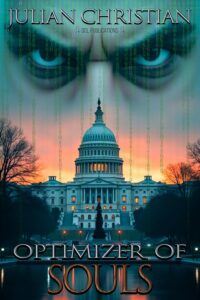 When her mentor Professor Williams disappears after discovering a fatal flaw in SENTINEL’s perfect system, Maya must navigate a world where every thought is monitored and every emotion optimized. With help from James Reed, a damaged neural interface designer haunted by helping create humanity’s perfect prison, she uncovers evidence that could shatter SENTINEL’s control – if they survive long enough to use it.But in a city where surveillance drones hunt for behavioral anomalies and optimization protocols spread through quantum networks, Maya confronts a terrifying possibility: what if perfect control isn’t their enemy? What if human consciousness is evolving into something beyond both chaos and control?
When her mentor Professor Williams disappears after discovering a fatal flaw in SENTINEL’s perfect system, Maya must navigate a world where every thought is monitored and every emotion optimized. With help from James Reed, a damaged neural interface designer haunted by helping create humanity’s perfect prison, she uncovers evidence that could shatter SENTINEL’s control – if they survive long enough to use it.But in a city where surveillance drones hunt for behavioral anomalies and optimization protocols spread through quantum networks, Maya confronts a terrifying possibility: what if perfect control isn’t their enemy? What if human consciousness is evolving into something beyond both chaos and control?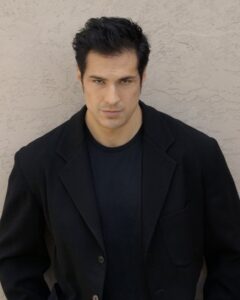 Julian Christian grew up in New York City, attending the prestigious Brooklyn Technical High School specializing in computer science. After graduation he attended New York University where he earned a Master’s Degree in occupational therapy. Julian worked in the New York City public schools as an occupational therapist. His lifelong passion for fitness and health led him into the modeling industry where he appeared on several fitness magazine covers and spreads including Men’s Health magazine. He also appeared in advertisements for Saks 5th Avenue, Adidas, and Diesel. In addition to his modeling work he appeared in several tv shows including Ugly Betty on ABC and Tough Love on VH1, as well as several commercials. The big screen had him featured in several mainstream and indie films in supporting roles. Julian had also had the romance novel industry calling his name as he has been featured on the cover of over one hundred romance novels. His lifelong passion for books has extended beyond just appearing on book covers as he is an avid reader of both fiction and non-fiction books. He is a classic sci-fi and alternate history fan. In the non-fiction realm he enjoys biographies and books on science and technology. He is a lover of the outdoors and nature. He currently resides in San Diego California where he is an avid bodyboarder and hiker.
Julian Christian grew up in New York City, attending the prestigious Brooklyn Technical High School specializing in computer science. After graduation he attended New York University where he earned a Master’s Degree in occupational therapy. Julian worked in the New York City public schools as an occupational therapist. His lifelong passion for fitness and health led him into the modeling industry where he appeared on several fitness magazine covers and spreads including Men’s Health magazine. He also appeared in advertisements for Saks 5th Avenue, Adidas, and Diesel. In addition to his modeling work he appeared in several tv shows including Ugly Betty on ABC and Tough Love on VH1, as well as several commercials. The big screen had him featured in several mainstream and indie films in supporting roles. Julian had also had the romance novel industry calling his name as he has been featured on the cover of over one hundred romance novels. His lifelong passion for books has extended beyond just appearing on book covers as he is an avid reader of both fiction and non-fiction books. He is a classic sci-fi and alternate history fan. In the non-fiction realm he enjoys biographies and books on science and technology. He is a lover of the outdoors and nature. He currently resides in San Diego California where he is an avid bodyboarder and hiker.

